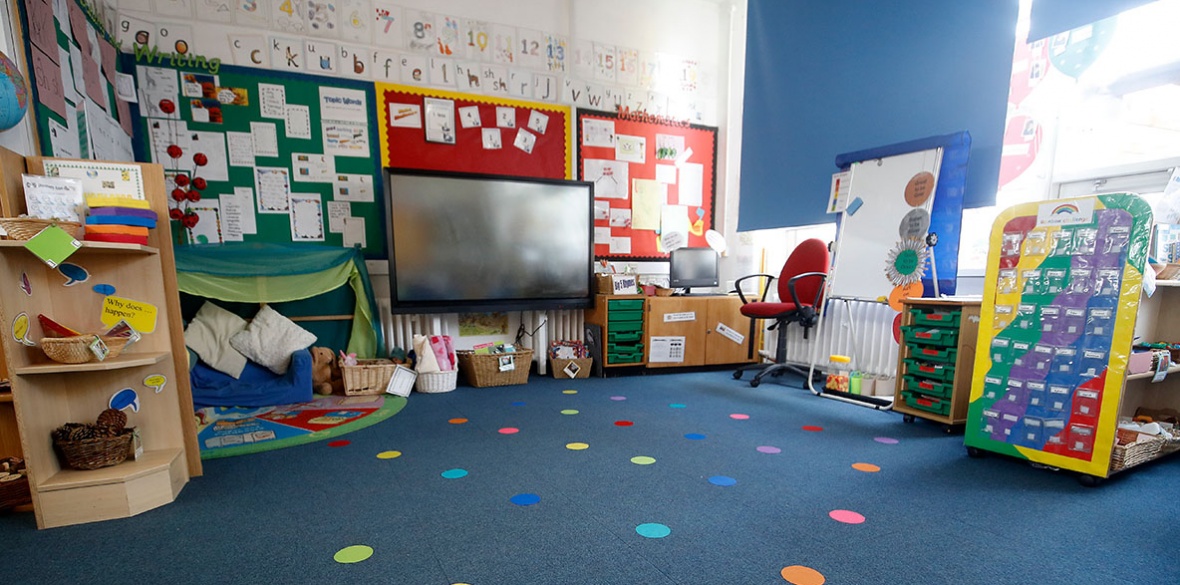This is the last article you can read this month
You can read more article this month
You can read more articles this month
Sorry your limit is up for this month
Reset on:
Please help support the Morning Star by subscribing here
WHEN the Covid-19 lockdown started in Scotland, the Education Recovery Group — which brought together the Scottish government, local authorities, school staff unions, parents’ groups and educational bodies — was set up.
The group was to look at the delivery of education under the necessary constraints of the Covid-19 response and to provide advice on any proposed changes in Scottish education strategy.
During lockdown Scottish schools continued to function for the children of key workers and for vulnerable children. The reduced numbers allowed this to happen safely and within social distancing and other mitigating measures.
Throughout the period of lockdown, models of blended learning for implementation during the recovery phase of the pandemic were developed and agreed. These models were to allow an initial part-time return with fewer pupils in school at any one time.
This would allow a safe return with Covid mitigating procedures such as social distancing in place. This partial return would be supplemented with equitably provisioned online teaching and learning.
But then on June 23 Scottish Education Secretary John Swinney unilaterally announced that Scottish pupils would return to full-time education by August 17 if community Covid infection rates allowed.
Educational Institute of Scotland (EIS) general secretary Larry Flanagan pointed out that this was a change from the previously agreed plan of blended learning. He added that the full-time return to school was a political decision that had not been agreed by the Education Recovery Group.
The announcement had “sparked considerable debate, anxiety, frustration, confusion and even anger among many members.”
The EIS urged the government to ensure that three caveats were in place before schools could open: there would have to be demonstrable evidence that the virus was under control; there would have to be mitigation measures in place to protect pupils and staff. There would have to be proactive testing to quickly control the spread of the virus in case of outbreaks.
The plan for a full return was dependent on the community infection rate continuing to fall. As other restrictions are being lifted we are seeing a slowing and sometimes a reversal of the fall in infection.
It has also been stated that transmission in schools appears to be very low. If this were so why were schools closed at the start of the lockdown? Where does this “evidence” come from when schools were closed and so couldn’t be monitored for rates of infection?
Professor Neil Ferguson, whose initial modelling at the start of the pandemic sparked the lockdown in Britain, said in early August: ”In terms of the reproduction value (the R value) opening high schools could increase it by as much as 0.5 or by as little as 0.2 or 0.3 but it will go up and lead to quite rapid growth of the epidemic.”
Dr Isabella Eckerle, head of the Emerging Viruses Research Group at the University of Geneva, has said: “If we go back to the normal school day clinging to the wishful thought that children do not play a role in the pandemic, that will come back to haunt us.”
The risks of return could be mitigated by an efficient and robust test and trace programme. Staff and pupils would have be tested regularly even if they don’t have symptoms to make test and trace work. The efficiency of the test and trace programme has yet to be proven.
Under the school return programme testing will only be carried out if symptoms are shown. It should also be noted that children might be asymptomatic carriers.
The EIS has called for the strongest mitigation possible to be put in place. The Scottish government is calling for smaller classes to support physical distancing where possible without specifying how this is to be done. It is the same with other mitigations which are being urged but not instructed. The result is a variety of different mitigations in different authorities often dependent on available resources.
There are also contradictions between the procedures for schools and those in other settings. Pupils travelling to school on public transport are required to wear masks and observe social distancing but those travelling on school buses are not. Pupils entering shops on the way to or from school are required to socially distance and wear masks but not when they enter school.
Students aged 16-18 in school are classified as children and don’t have to follow the same mitigating procedures in schools as 16-18 year olds in colleges or employment who are classified as adults.
The equitability that a blended return would have afforded will not happen if some schools have to close because of an outbreak or because of a local lockdown or because of staff shortages due to Covid.
If a serious continuation of the first wave or a second wave occurs there will be no blended learning in place and we will be back to the same school closures as in March.









